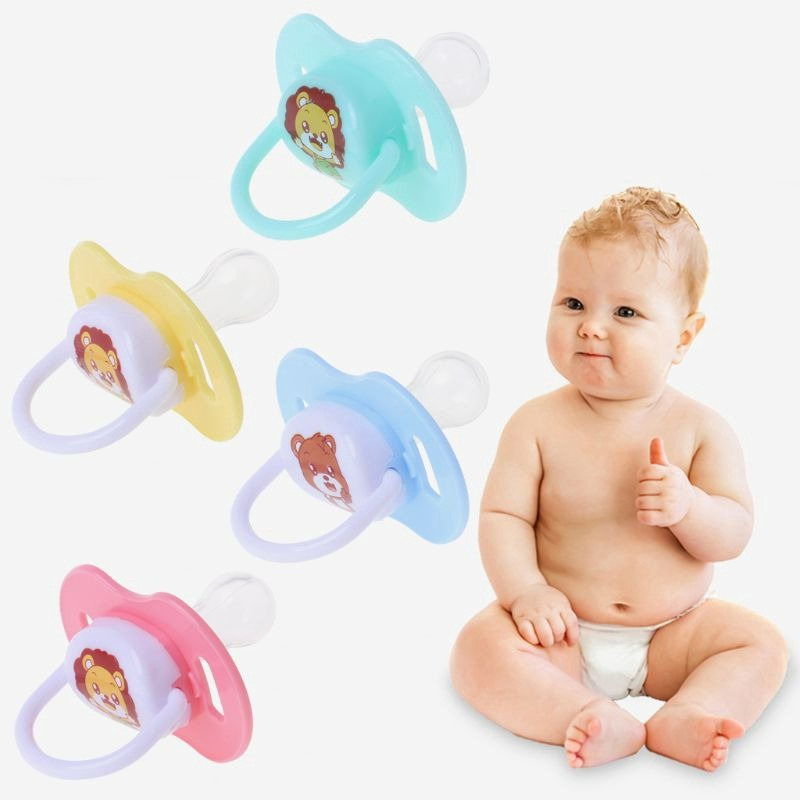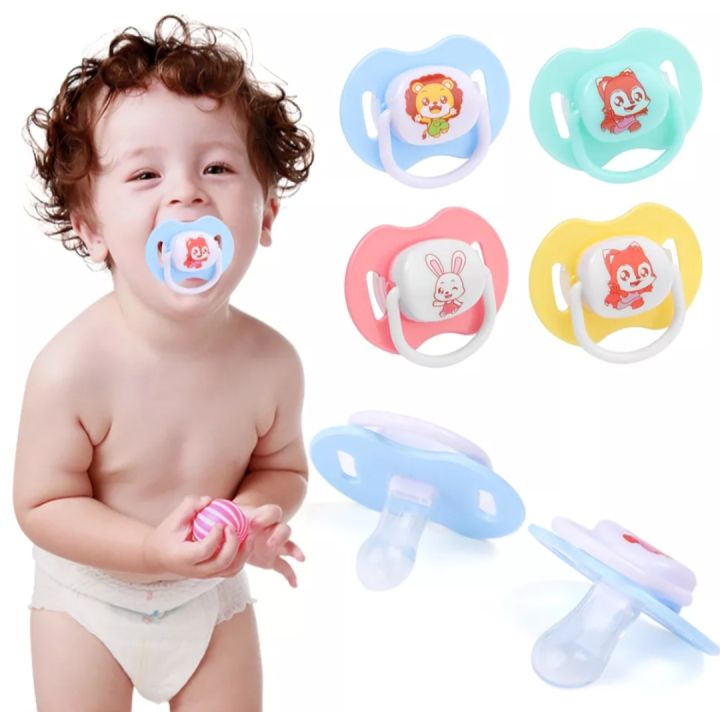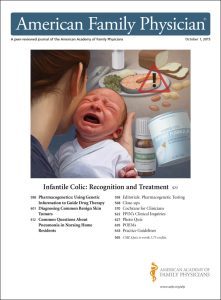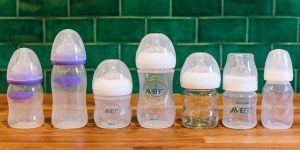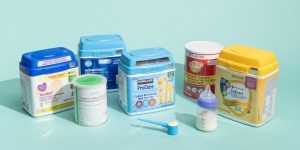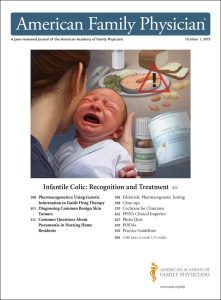A Parent’s Guide to Comfortable, Safe, and Easy Bottle Feeding
When it comes to feeding your baby, every parent wants what’s best. From breast milk to formula, choosing the right tools can make a huge difference in your baby’s comfort and development. One of the most important (yet often overlooked) components of feeding is the baby bottle nipples. The right nipple can support natural feeding, reduce colic, and create a peaceful, enjoyable feeding experience.
In this article, we’ll explore everything you need to know about selecting the Best Baby Nipples, including a deep dive into one of the top choices on the market: the Philips Avent Natural Response Nipple.
Why Choosing the Best Baby Nipples Matters
Not all baby nipples are created equal. Babies are delicate, especially when it comes to digestion and feeding behaviors. The best baby nipples are designed to:
-
Mimic the natural shape of the breast
-
Control milk flow to avoid overfeeding or choking
-
Reduce the amount of air swallowed to minimize gas and colic
-
Provide comfort and familiarity for breastfed babies transitioning to bottles
Choosing a poor-quality nipple may lead to feeding refusal, discomfort, gas, or even colic. That’s why investing in a nipple that suits your baby’s feeding stage and needs is essential.
Top Features to Look For in the Best Baby Nipples
Before choosing the best baby nipples for your baby, consider these critical features:
1. Nipple Shape
A breast-like shape helps babies latch easily and encourages natural feeding behaviors. Wide nipples with a soft, rounded tip work best for breastfed babies switching to bottles.
2. Material
Most nipples are made of either latex or silicone. While latex is softer, it tends to wear out quickly. Silicone is more durable, odorless, and safe for most babies—especially when it’s BPA-free.
3. Flow Rate
Babies of different ages need different milk flow speeds:
-
Newborns (0–3 months): Slow flow
-
Infants (3–6 months): Medium flow
-
Older babies (6+ months): Fast flow
The best baby nipples come with clear markings for different flow rates.
4. Anti-Colic Features
Look for nipples with integrated air vents. These designs prevent babies from swallowing excess air during feeding, reducing gas and spit-up.
Product Highlight: Philips Avent Natural Response Nipple
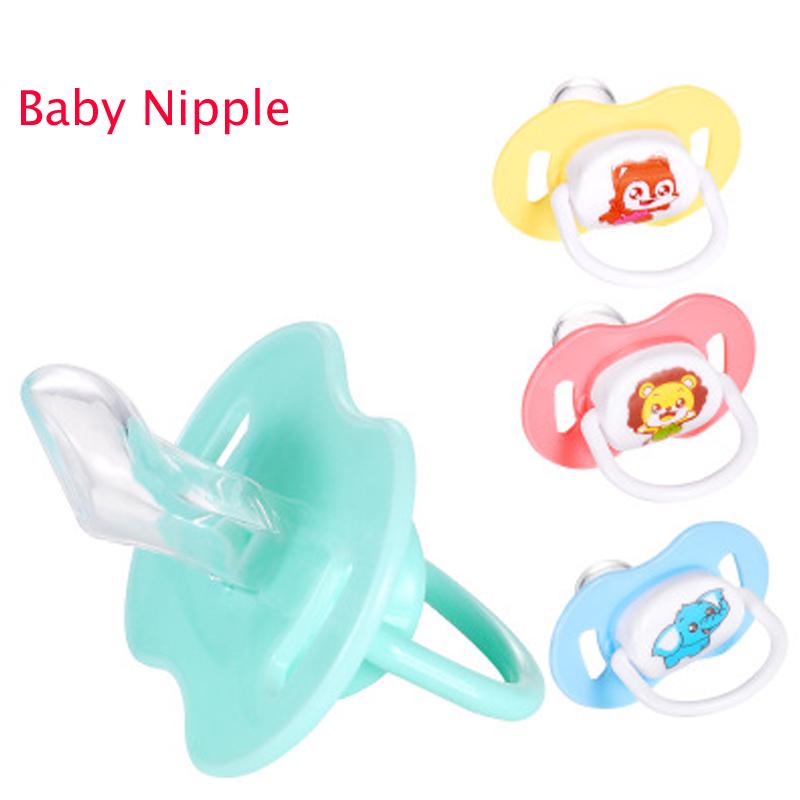
Product Link: Shop Now on Amazon
The Philips Avent Natural Response Nipple is consistently rated among the best baby nipples for its innovative design and comfort-focused features. Whether you’re exclusively bottle feeding or combining it with breastfeeding, this nipple is a fantastic choice for most families.
Key Benefits of the Philips Avent Natural Response Nipple:
✅ Natural Feeding Experience
Designed to closely mimic the breast, this nipple releases milk only when the baby actively sucks—just like breastfeeding. This reduces nipple confusion and supports a smoother transition for babies moving between breast and bottle.
✅ No-Drip Design
Thanks to the built-in Natural Response Valve, milk won’t drip even if the bottle is turned upside down. It allows your baby to control the pace of feeding, reducing the risk of overfeeding and discomfort.
✅ Anti-Colic System
Its integrated AirFree vent keeps air out of the nipple and helps prevent colic, gas, and reflux—especially beneficial for sensitive tummies.
✅ Multiple Flow Rates
The Philips Avent Natural Response Nipples are available in different flow levels (1 to 5) so you can find the perfect match for your baby’s age and feeding needs.
✅ Safe & Durable
Made from BPA-free silicone, the nipple is soft, flexible, and safe for your baby. It’s also dishwasher-safe, sterilizer-friendly, and built to last.
Who Should Use the Philips Avent Natural Response Nipple?
-
New Parents: Looking for a trusted, safe, and easy-to-use baby bottle nipple.
-
Breastfeeding Moms: Who want to introduce bottles without confusing or overwhelming their baby.
-
Colic-Prone Babies: Need a feeding solution that minimizes gas and air intake.
-
Busy Families: Need a durable, easy-to-clean nipple for everyday use.
With over 35 years of expertise in baby feeding products, Philips Avent is a brand parents trust—and for good reason.
What Real Parents Are Saying
⭐️⭐️⭐️⭐️⭐️
“This is the only nipple my baby accepts! The slow, natural flow really helped her transition from breastfeeding to bottle without any issues.”
⭐️⭐️⭐️⭐️⭐️
“No more colic or spit-up! I’ve tried other nipples before but this one really made a difference. It’s truly one of the best baby nipples available today.”
⭐️⭐️⭐️⭐️⭐️
“I love how it doesn’t drip when the bottle tips over. My baby controls the pace of the feeding, and that’s a game changer!”
Tips for Using Baby Nipples Correctly
-
Match the Flow Rate – Start with a slow-flow nipple for newborns and adjust as your baby grows.
-
Check for Wear and Tear – Replace nipples every 1–2 months or sooner if they show signs of damage.
-
Sterilize Regularly – Boil or use a bottle sterilizer to keep nipples clean and germ-free.
-
Test the Temperature – Always test milk temperature on your wrist before feeding.
-
Watch Baby’s Cues – If your baby seems frustrated, choking, or sleepy during feeding, it may be time to change the nipple flow.
Comparison: Philips Avent vs. Other Baby Nipples
| Feature | Philips Avent Natural Response | Generic Silicone Nipple |
|---|---|---|
| Natural Milk Flow | ✅ Yes | ❌ No |
| Anti-Colic Vent | ✅ Yes | ❌ No |
| BPA-Free Silicone | ✅ Yes | ✅ Yes |
| Breast-Like Shape | ✅ Yes | ❌ Limited |
| Multiple Flow Rates | ✅ Yes | ✅ Yes |
| No-Drip Design | ✅ Yes | ❌ No |
| Price Range | Mid-High | Low |

